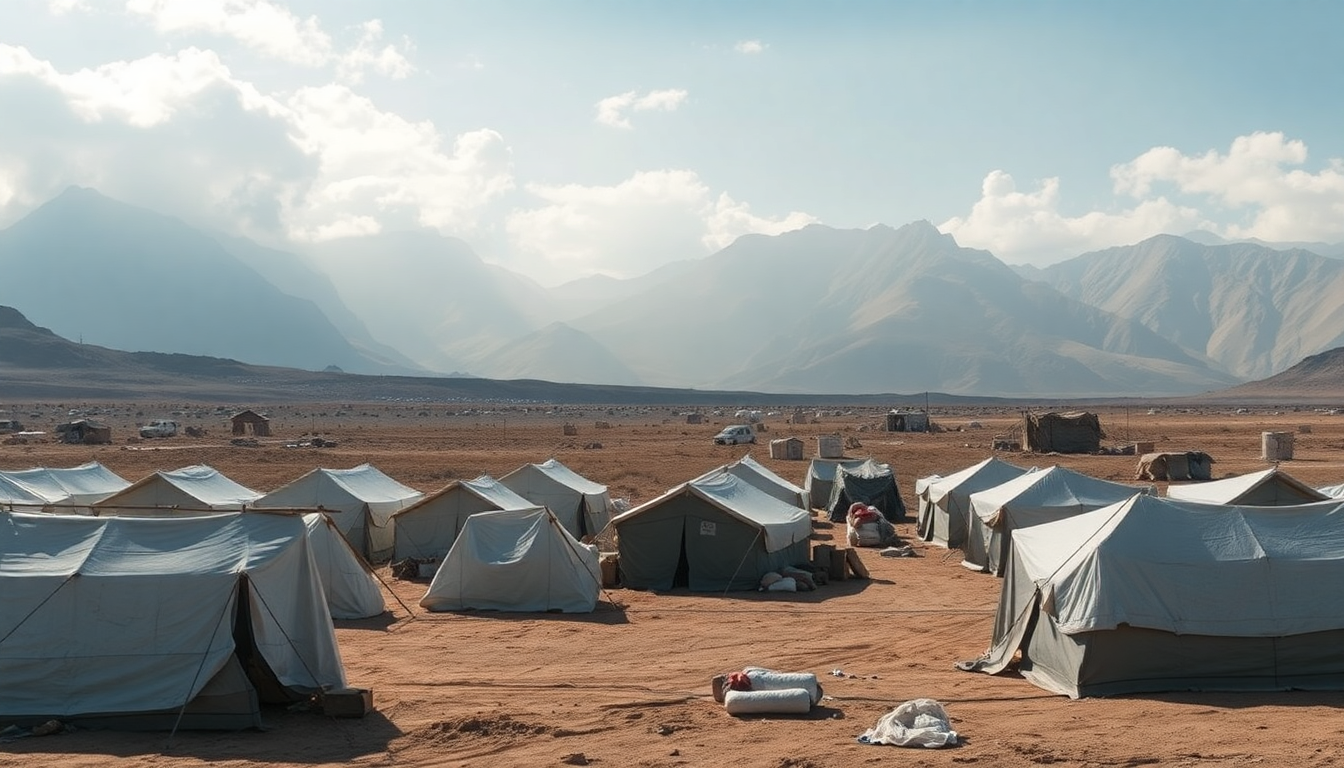Table of Contents
The issue of displacement affects millions around the globe, sparking essential questions about where these individuals find refuge and what their next steps might be. People often flee their homes due to conflict, persecution, or natural disasters, all in search of safety and stability.
But let’s be real—these journeys are filled with challenges that go far beyond simply relocating. In this article, we’ll explore the different pathways available to displaced individuals, the hardships they face along the way, and the broader implications of their displacement.
Ready to dive in?
Understanding Displacement: Causes and Impacts
Displacement can stem from various factors—think war, ethnic cleansing, and climate change. Each of these causes not only uproots individuals from their homes but also creates a ripple effect that affects families, communities, and entire nations.
According to the United Nations, over 80 million people are displaced worldwide, with many seeking asylum in foreign countries. But here’s the kicker: these individuals often encounter a complex and lengthy process just to gain legal status and access essential services like healthcare and education.
In the immediate aftermath of displacement, many find themselves living in temporary shelters, refugee camps, or even on the streets. The conditions in these places can be tough, often lacking basic necessities. And let’s not forget the psychological toll—many displaced individuals grapple with trauma, loss, and uncertainty about their futures, which can lead to serious mental health issues.
It’s crucial to understand these layers of displacement to effectively address the needs of these vulnerable populations.
Pathways to Resettlement and Integration
Once displaced individuals arrive at a new location, the next phase involves navigating their pathways to resettlement and integration into host communities.
Some may find asylum in welcoming countries, while others might receive temporary protection. But here’s the catch: this process can vary significantly depending on the host country’s policies, which are often influenced by political, social, and economic factors.
Integration isn’t always a walk in the park. Displaced people have to adapt to new cultures, languages, and societal norms. Access to job opportunities and educational resources is critical for their successful integration. Non-governmental organizations and governmental bodies play a vital role in this process, offering support services that help displaced individuals rebuild their lives. How can we do more to help?
The Long-term Outlook for Displaced Populations
Looking ahead, the long-term outlook for displaced individuals remains uncertain. Many may not return to their home countries due to ongoing conflicts or instability, while others may seek permanent resettlement in their host countries. The need for sustainable solutions is more important than ever. Policymakers and international organizations must collaborate to create frameworks that not only address immediate needs but also promote long-term integration and self-sufficiency.
Moreover, raising awareness about the struggles faced by displaced populations is essential for fostering empathy and support within host communities. By understanding the complexities of displacement, we can work towards creating inclusive environments that enable displaced individuals to truly thrive. What can you do to help raise awareness and support those affected by displacement?





